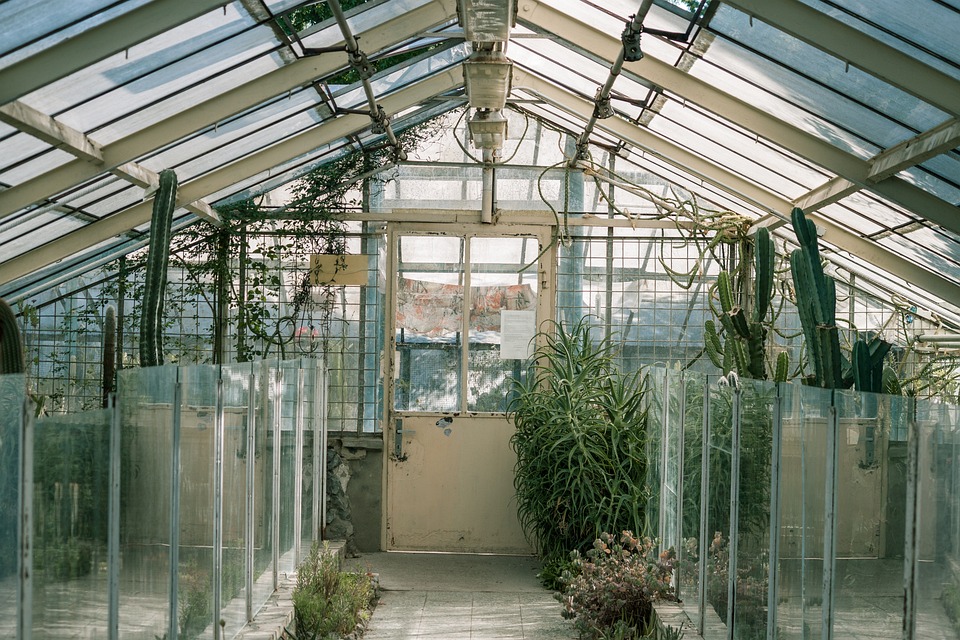Introduction
Urban spaces often lack the open fields and gardens found in suburban and rural areas, leaving city dwellers with limited opportunities to connect with nature. However, greenhouse gardening has emerged as a solution to bring greenery and fresh produce into urban environments. By utilizing rooftops, balconies, and even backyards, urban residents are embracing greenhouse gardening to transform their surroundings. This article explores the benefits and the techniques behind this rising trend.
The Rise of Greenhouse Gardening
Greenhouse gardening has gained popularity due to its versatility and ability to conquer the challenges of urban living. Traditional gardening may require a significant amount of space and sunlight, which are often limited in crowded cities. Greenhouses, on the other hand, allow gardeners to control environmental factors such as temperature, humidity, and light, making them suitable for all kinds of plants regardless of external conditions.
Benefits of Greenhouse Gardening
Greenhouse gardening offers a multitude of benefits to urban residents. Firstly, it allows them to grow fresh produce just steps away from their kitchens. This reduces the carbon footprint associated with transporting food from rural areas to urban markets. Additionally, greenhouse gardening provides city dwellers with access to organic and pesticide-free food, promoting healthier and more sustainable eating habits.
Furthermore, greenhouses act as a shield against urban pollution, preventing harmful pollutants from reaching plants. This allows for cleaner and healthier plant growth, resulting in better-tasting produce. Greenhouses also create a microclimate that protects plants from extreme weather conditions, extending the growing season and increasing yield.
Getting Started with Greenhouse Gardening
Starting a greenhouse garden in an urban setting is an exciting venture. To begin, aspiring urban gardeners should consider the available space, sunlight exposure, and building regulations specific to their location. Rooftops and balconies often provide excellent opportunities for setting up a greenhouse. Lightweight materials and portable structures make it possible to adapt to various spaces.
Once the location is determined, selecting the appropriate greenhouse design and structure is crucial. Factors like ventilation, insulation, and ease of maintenance should be taken into consideration. Popular options include traditional glass or polycarbonate greenhouses, as well as mini-greenhouses that can be mounted on walls or railings.
Additionally, choosing suitable plants for greenhouse gardening is essential. Leafy greens, herbs, and certain vegetables such as tomatoes and peppers thrive in controlled environments. It is advisable to start with easy-to-grow plants and gradually expand the variety as gardening skills develop.
Success Stories in Urban Greenhouse Gardening
Across the globe, urban dwellers have embraced greenhouse gardening and transformed their surroundings dramatically. In New York City, rooftop greenhouses have been established on high-rise buildings to grow a variety of crops, including exotic spices, salad greens, and even mushrooms. London’s urban gardeners have turned balconies into flourishing mini-greenhouses, producing fresh herbs and vegetables for their daily consumption.
Furthermore, community initiatives have played a significant role in promoting greenhouse gardening in urban areas. Collective gardens, allotments, and shared greenhouses have enabled residents to come together, share knowledge, and collectively contribute to greening their neighborhoods.
FAQs
What are the essential factors to consider when starting a greenhouse garden?
When starting a greenhouse garden, consider the available space, sunlight exposure, and any building regulations specific to your location. Additionally, think about the ventilation, insulation, and maintenance of the greenhouse structure.
Which plants thrive in greenhouse environments?
Leafy greens, herbs, and vegetables like tomatoes and peppers can thrive in greenhouse environments. These plants are well-suited to a controlled climate and can provide a bountiful harvest in urban settings.
How can greenhouse gardening contribute to sustainability?
Greenhouse gardening contributes to sustainability by reducing the carbon footprint associated with transporting food from rural areas to urban markets. It also promotes healthier and pesticide-free eating habits and acts as a shield against urban pollution, resulting in cleaner and healthier plant growth.
Are there any examples of successful greenhouse gardening initiatives in urban areas?
Yes, there are several successful greenhouse gardening initiatives in urban areas. For example, New York City has rooftop greenhouses that grow a variety of crops, while London has seen flourishing mini-greenhouses on balconies. Additionally, community initiatives such as collective gardens and shared greenhouses have become popular ways for residents to come together and transform their neighborhoods.




